Geminor M 0.5 Tablet (Glimepiride 0.5mg / Metformin 500mg)
| COUNTRY OF ORIGIN | India |
|---|---|
| DOSAGE FORM | Tablets |
| GENERIC NAME | Glimepiride |
| INDICATION | Treatment of Type 2 diabetes mellitus |
| PACKAGING | 15 tablets in 1 strip |
| MANUFACTURER | Macleods Pharmaceuticals Pvt Ltd |
| COMPOSITION | Glimepiride (0.5mg) + Metformin (500mg) |
PRODUCT INTRODUCTION
Geminor M 0.5 Tablet PR belongs to a category of medicines known as anti-diabetic drugs. It is a combination of two medicines used to treat type 2 diabetes mellitus in adults. It helps control blood sugar levels in people with diabetes.
Geminor M 0.5 Tablet PR should be taken with food. Take it regularly at the same time each day to get the most benefit. Your doctor will decide what dose is best for you and this may change from time to time according to how it is working according to your blood sugar levels, keep taking this medicine, even if you feel well or your blood sugar levels are controlled. If you stop it without consulting your doctor, your blood sugar levels could rise and put you at risk of kidney damage, blindness, nerve problems, and loss of limbs. Remember that it is only part of a treatment program that should also include a healthy diet, regular exercise, and weight reduction as advised by your doctor. Your lifestyle plays a big part in controlling diabetes.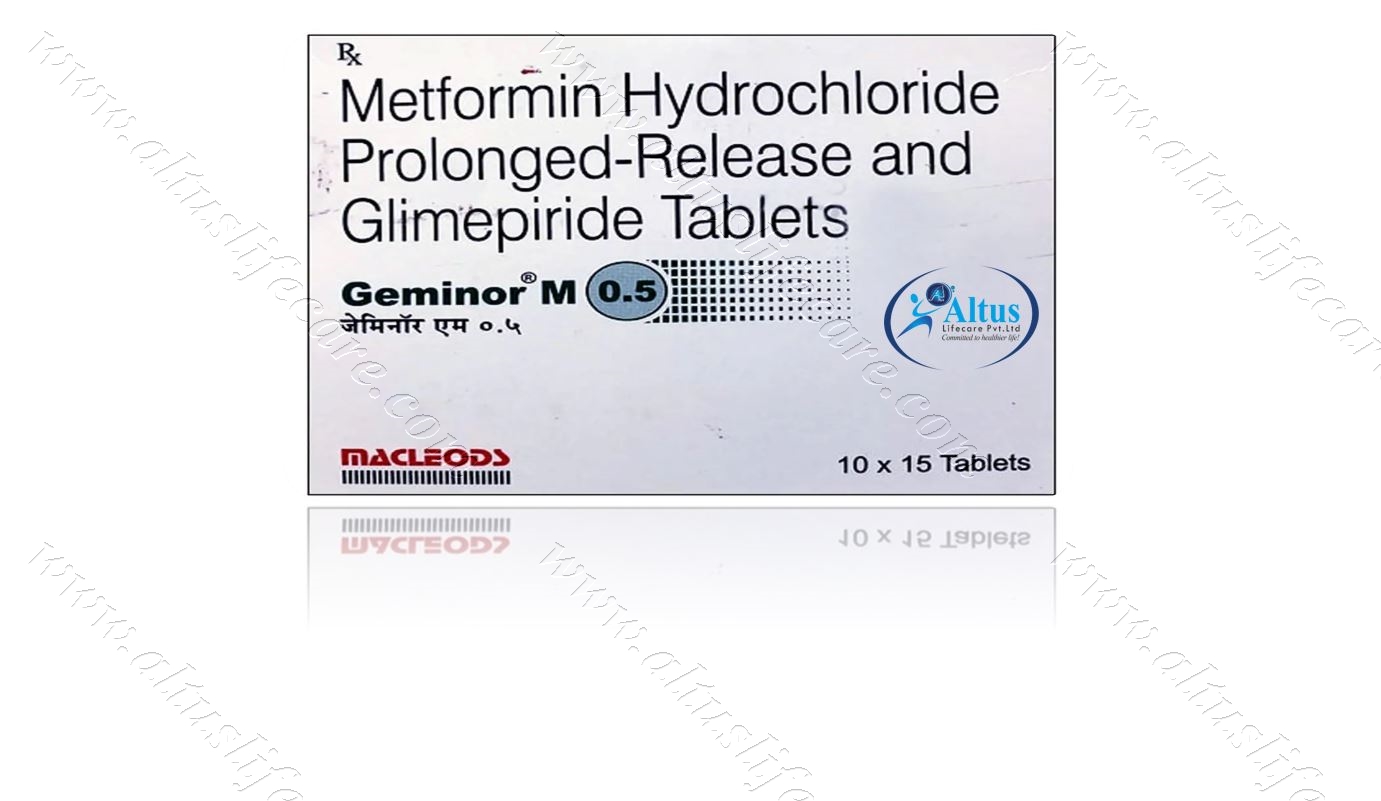
The most common side effect of Geminor M 0.5 Tablet PR is low blood glucose levels (hypoglycemia). Make sure you recognize the signs of having low blood glucose levels, such as sweating, dizziness, headache, and shaking, and know how to deal with it. To prevent this, it’s important to have regular meals and always carry a fast-acting source of glucose such as sugary food or fruit juice with you. Drinking alcohol can also increase your risk of low blood sugar levels and should be avoided. Other side effects that may be seen on taking this medicine include taste changes, nausea, diarrhea, stomach pain, headache, and upper respiratory tract infection. Some people may find that they put on weight with this medicine.
You should not take it if you have type 1 diabetes mellitus, if you have diabetic ketoacidosis (high levels of acid in your blood), or if you have severe kidney or liver disease. Before taking this medicine, tell your doctor if you have ever had heart disease. It may not be suitable. Pregnant or breastfeeding women should also consult their doctor before taking it. Your blood sugar levels should be checked regularly and your doctor may also advise blood tests to monitor your blood cell counts and liver function.
“Comparing Glimepiride to Other Diabetes Medications”
In the diverse landscape of diabetes medications, making informed choices is crucial. This section compares Glimepiride to other commonly prescribed diabetes medications, offering insights into the relative strengths and considerations of each option. Such comparisons empower healthcare professionals and patients to choose the most suitable medication for individual needs.
“Understanding Glimepiride: A Comprehensive Overview”
Providing a comprehensive overview, this paragraph covers the key aspects of Glimepiride. From its mechanism of action to indications and potential side effects, a thorough understanding empowers healthcare professionals to make informed decisions regarding the inclusion of Glimepiride in diabetes treatment regimens.
Elderly Patient Considerations in Treatment of Type 2 Diabetes Mellitus Care
Tailoring the discussion to the unique needs of elderly patients, this section explores considerations specific to the treatment of Type 2 Diabetes Mellitus in older individuals. From geriatric assessments to age-appropriate interventions, the aim is to provide insights into effective diabetes management for this demographic.
DM Type 2 Medications: Navigating Medication Strategies for Improved Diabetes Care
Navigate through strategic approaches to Type 2 Diabetes medications, with an emphasis on optimizing care and achieving better blood sugar control through informed medication choices and lifestyle adjustments.
Medications for Diabetes Mellitus Type 2: Understanding Medication Interactions
Medication interactions can impact treatment outcomes. This blog will provide insights into understanding how different medications may interact, empowering individuals and healthcare professionals to make informed choices for effective diabetes management.
Weaving the Tapestry: Drug for Diabetes Mellitus Type 2
Exploring how the drug contributes to weaving a complex but interconnected tapestry of solutions for Diabetes Mellitus Type 2, illustrating its role in creating a comprehensive approach to patient care.
Signs and Symptoms of Type 2 Diabetes Mellitus: Understanding the Initial Diabetes Cues
Delve into an understanding of the initial cues that may indicate the presence of Type 2 Diabetes Mellitus. Explore how recognizing and understanding these cues can contribute to early diagnosis and improved health outcomes.
“Meds for Diabetes Mellitus Type 2: Charting Your Course to Medication Mastery”
Take charge of your diabetes journey by charting a course to medication mastery. This guide empowers individuals to navigate through different medications, optimizing dosages, and personalizing their approach to achieve mastery in managing Type 2 Diabetes effectively.
Diabetes Mellitus Medications: Exploring Medications for Optimal Diabetes Control
Explore the array of medications available for optimal diabetes control. This guide provides insights into selecting medications that align with your specific needs and contribute to effective diabetes management.
USES OF GEMINOR M TABLET PR
- Treatment of Type 2 diabetes mellitus
BENEFITS OF GEMINOR M TABLET PR
In Treatment of Type 2 diabetes mellitus
Lowering blood glucose levels is an essential part of managing diabetes. If you can control the level you will reduce the risk of getting any of the serious complications of diabetes such as kidney damage, eye damage, nerve problems, and loss of limbs. Taking this medicine regularly along with proper diet and exercise will help you live a normal, healthy life.
SIDE EFFECTS OF GEMINOR M TABLET PR
Common side effects of Geminor M
- Hypoglycemia (low blood glucose level)
- Headache
- Nausea
- Diarrhea
- Flatulence
HOW TO USE GEMINOR M TABLET PR
HOW GEMINOR M TABLET PR WORKS
SAFETY ADVICE

Alcohol

Pregnancy

Breast feeding

Driving

Kidney
Use of Geminor M 0.5 Table t PR is, however, not recommended in patients with severe kidney disease. Regular monitoring of kidney function test is advisable while you are taking this medicine.

Liver
Geminor M 0.5 Table t PR is generally started with low dose in patients with mild to moderate liver disease and its use is not recommended in patients with severe liver disease.

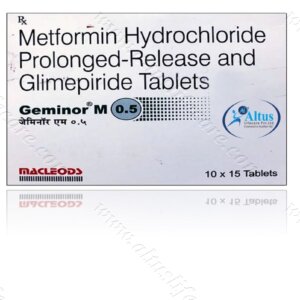
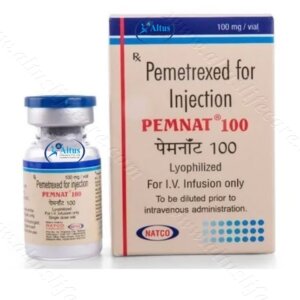
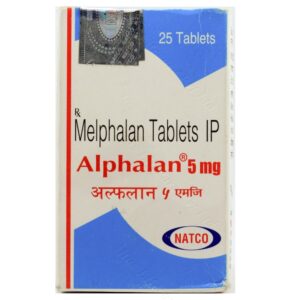
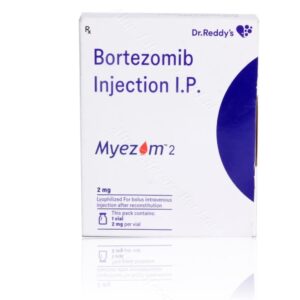
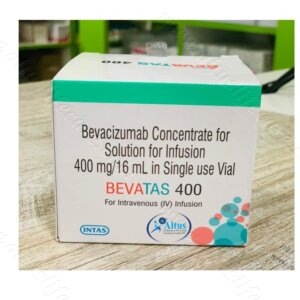


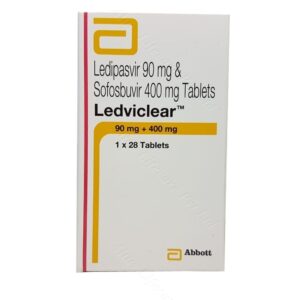




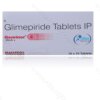



Miracle (verified owner) –
The integration of mindful practices into my daily life has fostered a sense of peace and well-being in managing type 2 diabetes.
Zayla (verified owner) –
“The packaging was so well done that it felt like unwrapping a present. The product quality is equally impressive!”
Ezra (verified owner) –
“The quality is outstanding, and the shipping was surprisingly fast!”